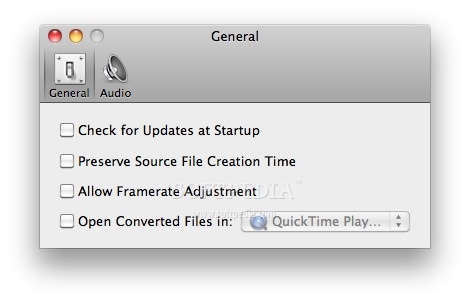

Intraoperative middle cerebral artery blood pressure (MCABP) measurement was used for selection of bypass procedure. Retrospective analysis of clinical, radiological, and surgical data in 9 patients treated between January 2009 and December 2015. To analyze of benefit of double bypass technique to surgical outcomes in patients with ruptured BBA in poor initial neurological condition (PINC). Some surgeons prefer clipping reconstruction while others favor primary bypass with trapping. Optimal surgical treatment of blood-blister aneurysms (BBA) remains controversial. Endovascular treatment shows promise for acute treatment but careful consideration of antithrombotic regime and requirement for further surgery should be considered. Management of blister aneurysms is complex. Commencement of dual anti-platelet therapy was safe in patients with flow diversion stents despite sub-arachnoid blood volume. Patients discharged home were comparable. Endovascular treatment is less invasive option with lower rates of intraoperative rupture and mortality. Clinical outcomes were discharge disposition, aneurysm exclusion and post-operative complications.īAs have challenging considerations with high mortality and morbidity. 4 cases (19%) were managed surgically – 2 with primary clipping, and 2 wrap and clipping. 16 cases (76%) were managed endovascularly – all with flow diversion stents. Identified reports were screened and reviewed for confirmed diagnosis by consultant neuroradiologist.Ģ1 cases of blister aneurysms managed at respective facilities were included. Operation reports were screened for the 5-year period since cerebral angiogram reports transitioned to surgical database. To evaluate endovascular and microsurgical outcomes in intracranial blister aneurysm management across two tertiary hospitals.Ī review of two tertiary hospitals with a systematic imaging database search for term of “blister” in modalities from January 2010 to October 2022. Blister aneurysms pose substantial challenges for both endovascular and microsurgical management. The defective vessel wall and broad-based neck make this clinical entity difficult to treat, with high rates of re-rupture and mortality in patients presenting with acute subarachnoid haemorrhage. Blister aneurysms (BA) are high risk cerebrovascular lesions accounting for 1% of intracranial aneurysms.


 0 kommentar(er)
0 kommentar(er)
